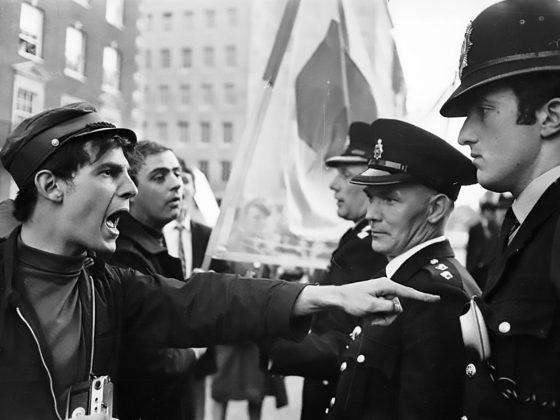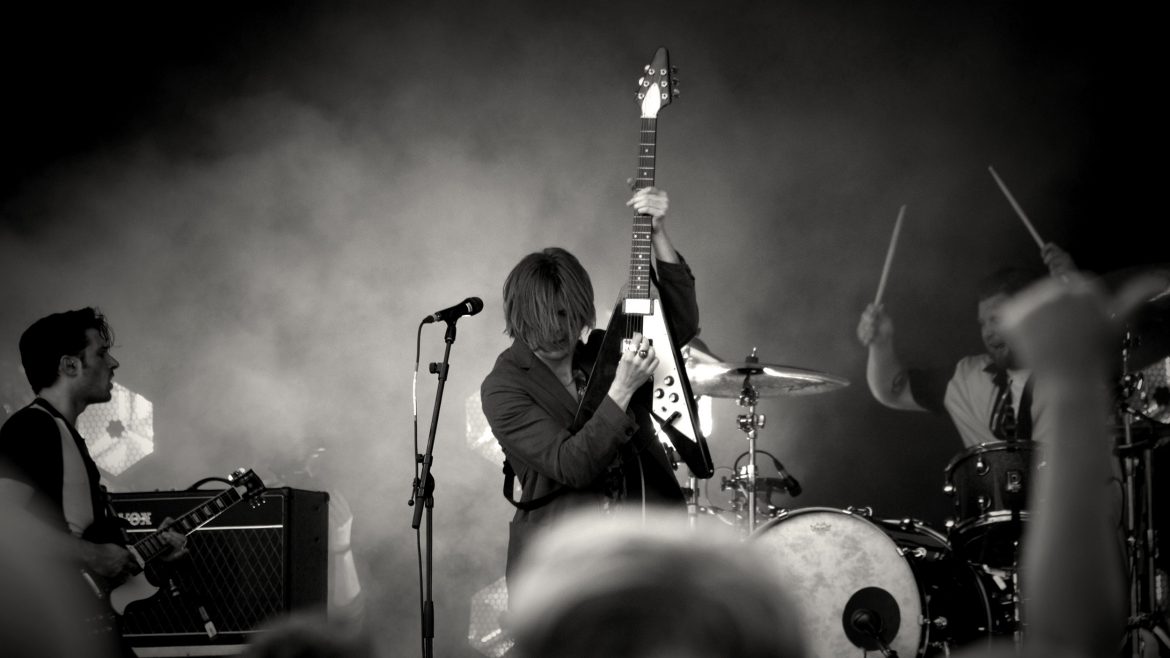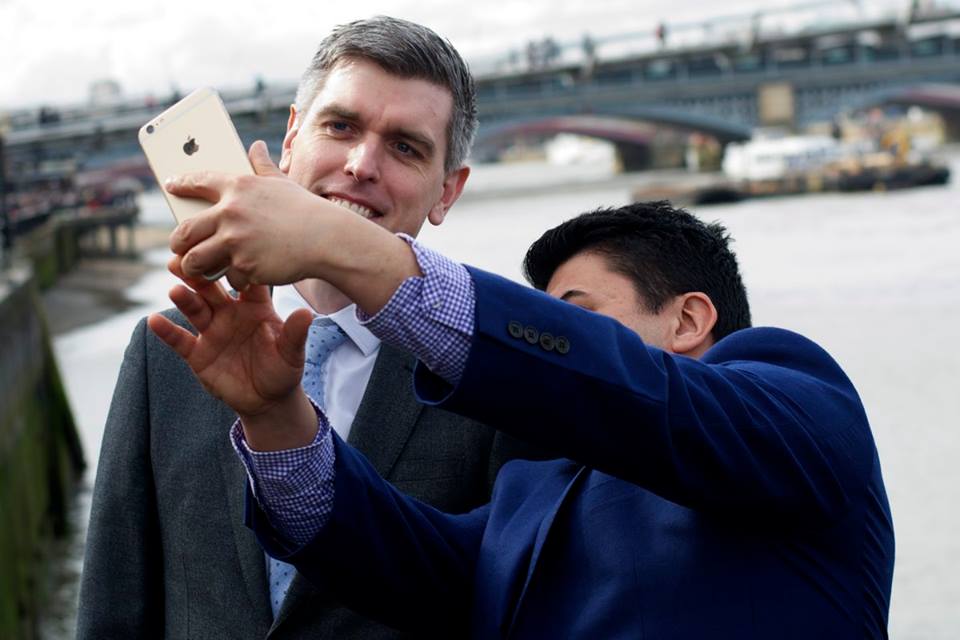A charming documentary looks at the making of the giant You&Me and Me&You artwork, and its personal connection to the renowned designer’s creative journey.
Graphic artist Anthony Burrill recently revealed a giant typographic mural in Leeds, and now a documentary short about the artwork delves into the ideas behind the piece and its meaning to the designer. You&Me and Me&You sees Burrill’s signature letterpress typography blown up to epic proportions, covering one side of the 88-ft-high, seven-storey canal-side building, The Calls, in Leeds city centre. Impactful in white on black, the piece embodies Burrill’s mission to “say the most with the least, and connect with people through words” on a monumental scale, and speaks to the importance of human connection during the pandemic.
In the film directed by Ben G. Brown, Burrill explains how the mural signifies “a particular moment and a particular time” during the global crisis, and highlights the “value of relationships” between people, and the “simplicity of that connection… that connection is our humanity” he says. In an interview with It’s Nice That, Burrill adds that he hopes the mural remains in place for decades and marks “a time when we were collectively thinking about friends, family and wider society. The pandemic will affect us for the rest of our lives and will become part of our shared history. It’s given us time to think about the things that are truly important. Life is about those we hold dear and how they each influence us. I hope the mural will have the same connection with people in the future as it does now.”
Burrill studied at a university in Leeds in the late 80s, and hence says in the film that creating the mural felt like “some sort of homecoming” and that going back reminds him of “where I came from and the values it gave me growing up”. Shots of the mural are spliced with photographs of Burrill in his early 20s “in the full bloom of youth” he tells us, sometime between graduating Leeds Polytechnic and starting at the Royal College of Art. “It was the early 90s during the time of acid house, outdoor raving and long hair. The photos and memories they conjure give the film its emotional kick. It’s about the link between then and now, the friends I knew then that are still part of my life. It’s also about my relationship with where I grew up, my family and the personal journey I went on after moving to London from the North.”
Ultimately, though, the artwork is about connecting with people and reminding us what’s important during a challenging era. Response to the mural has been “amazing” he says – no doubt providing a welcome bolt of positivity to locals’ lockdown walks.
The film was produced by Charlotte Rosson with production company Maniac, and DoP Matt Gentleman. The mural was curated by Laura Wellington at In Good Company, supported by King & Co and installed by Bread Collective.







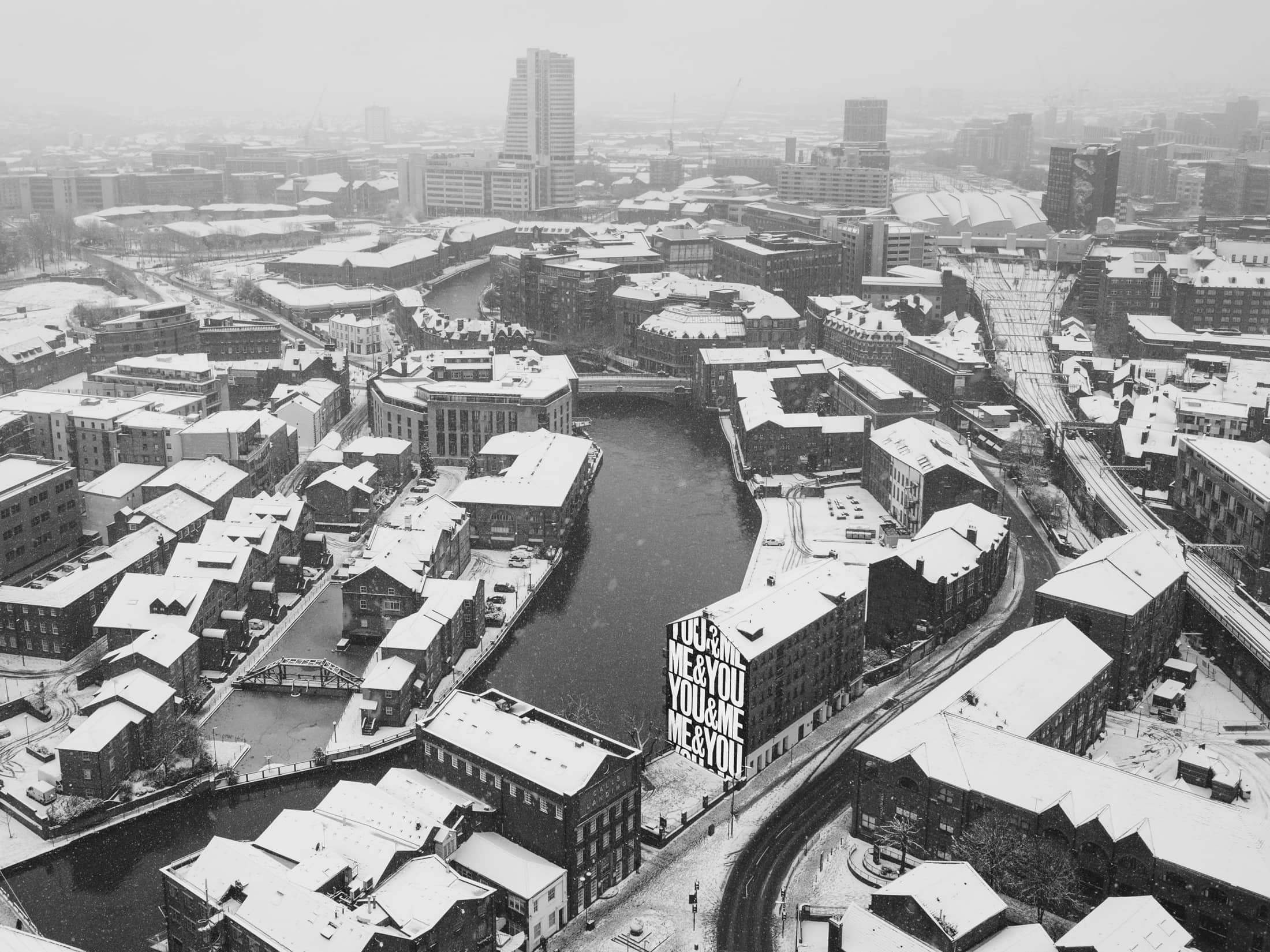



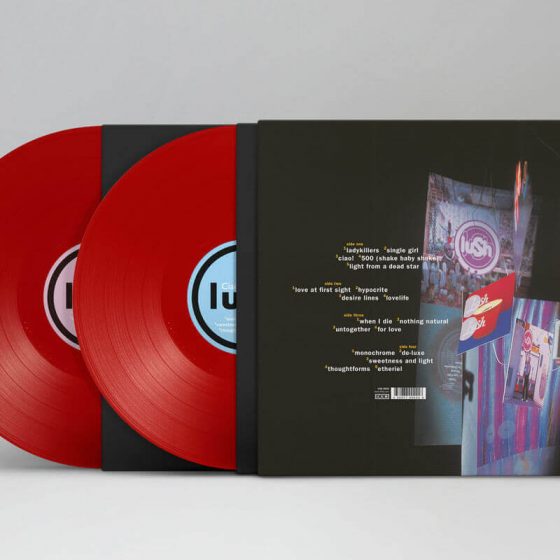


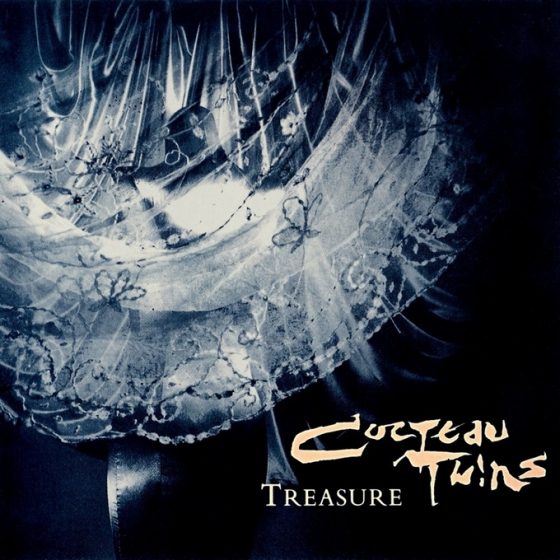


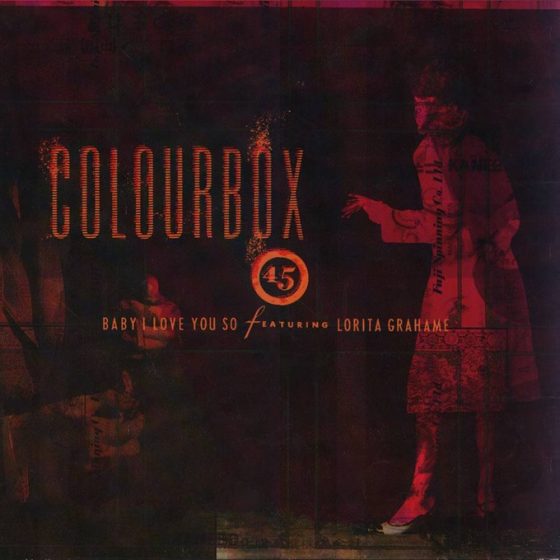






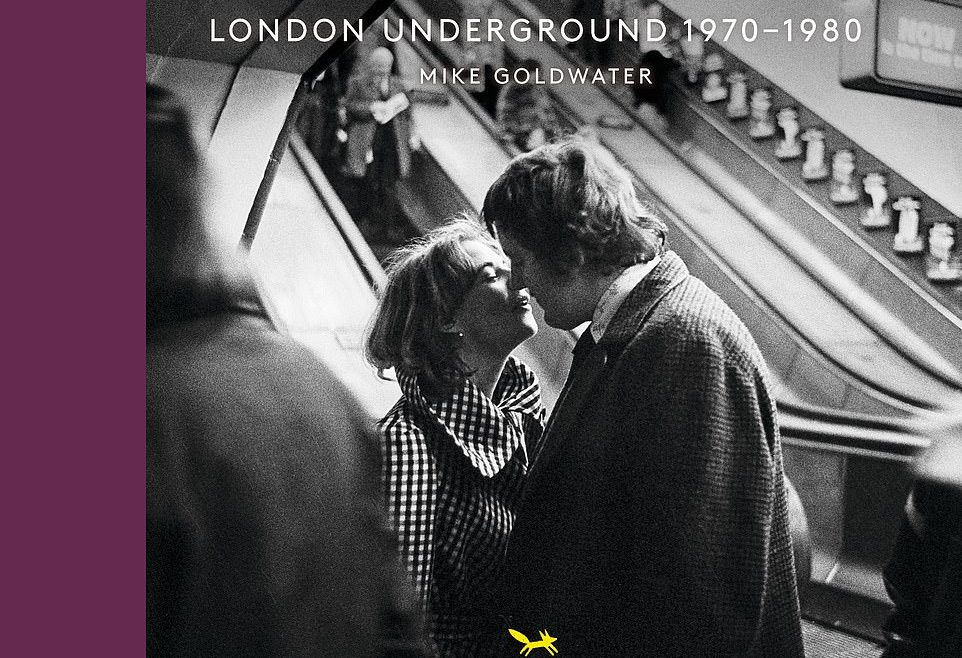







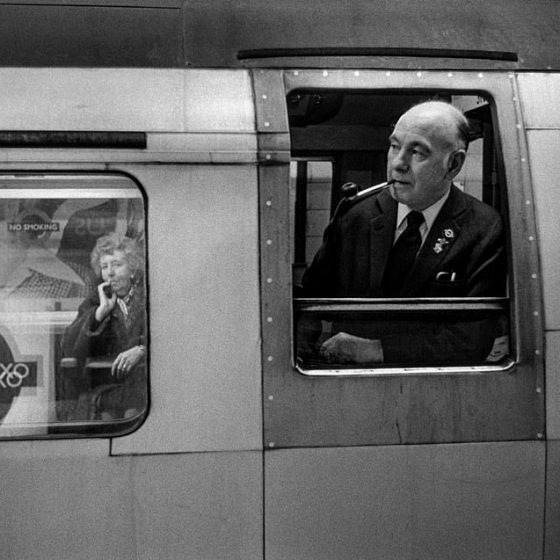
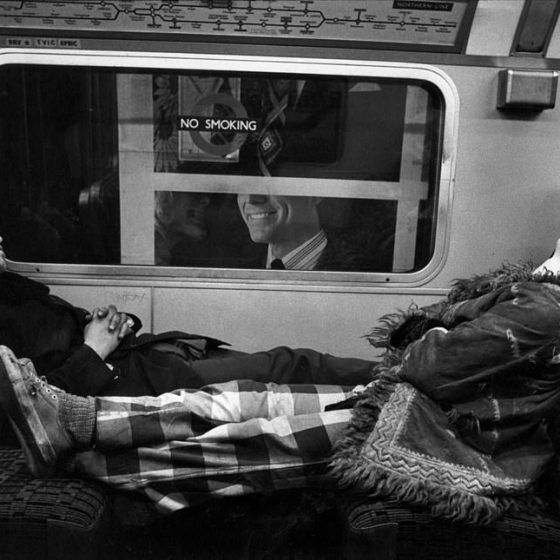



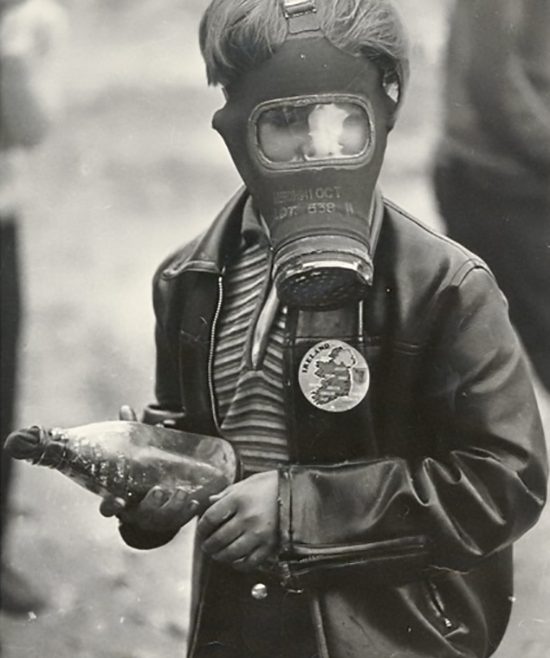
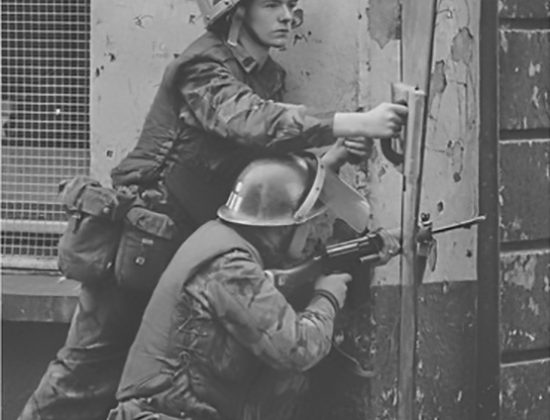

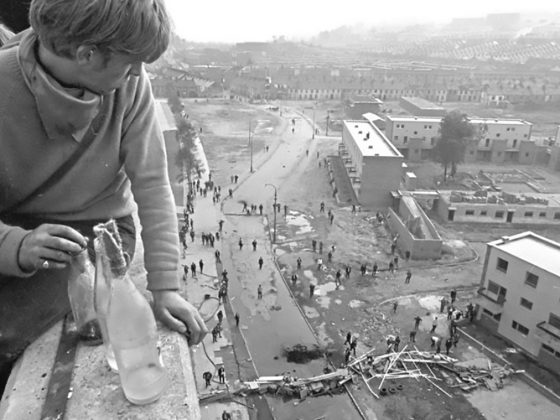

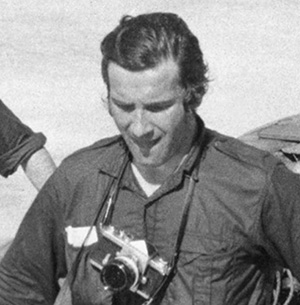 Clive travelled to Derry for what was his first big assignment and what would result in his most famous picture, that of a young rioter holding a bottle and wearing a Second World War gas mask.
Clive travelled to Derry for what was his first big assignment and what would result in his most famous picture, that of a young rioter holding a bottle and wearing a Second World War gas mask.